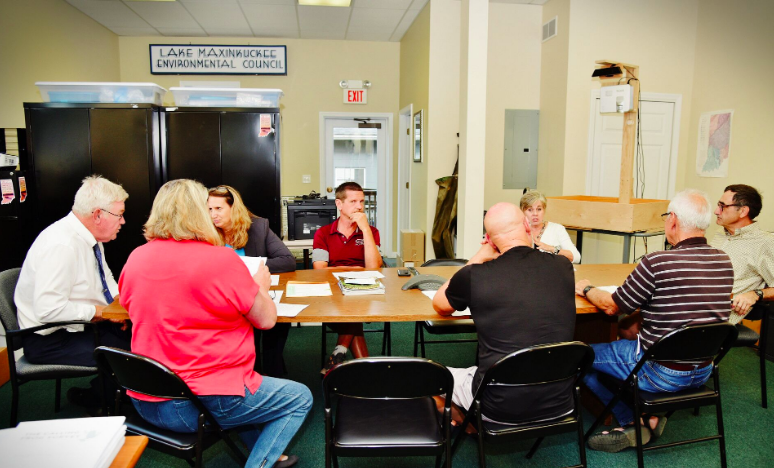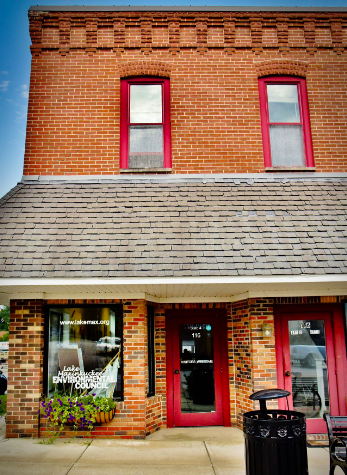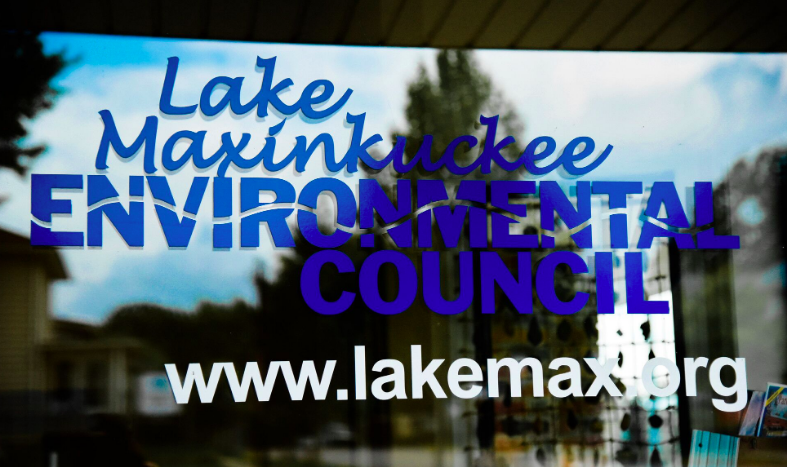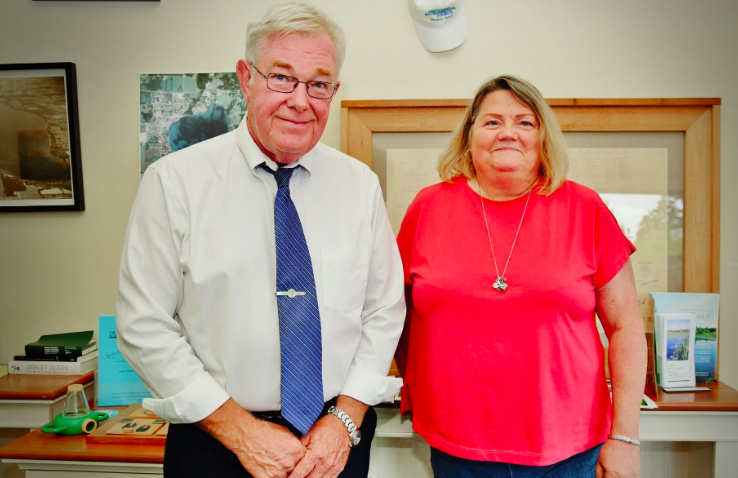Photographer / Jubilee Edgell
 A name can say a lot about a place. Take Maxinkuckee, for instance, which is derived from a Pottawatomie phrase that means “Clear Water” or “Diamond Lake.” Thanks to decades of hard work from the Lake Maxinkuckee Environmental Council (LMEC), this ancient description is still accurate.
A name can say a lot about a place. Take Maxinkuckee, for instance, which is derived from a Pottawatomie phrase that means “Clear Water” or “Diamond Lake.” Thanks to decades of hard work from the Lake Maxinkuckee Environmental Council (LMEC), this ancient description is still accurate.
However, that has not always been the case. Back in the 1970s, locals noticed some changes in their beautiful lake, and they didn’t like it.
“The water was not as clear as it had been in previous years,” says LMEC chairman Allen Chesser.
Something had to be done. So, LMEC was formed to observe and address the problem.
The Council turned to limnology, the study of lake science and water quality, hoping it would give the council a clue about what was going on.
“Understanding what was happening to the lake was the first step in seeing if the changes were temporary or if they were caused by long-term effects in habitation and agriculture,” Chesser says.
 The results from that initial study were telling: Lake Maxinkuckee was in danger and would die if the council didn’t take immediate action.
The results from that initial study were telling: Lake Maxinkuckee was in danger and would die if the council didn’t take immediate action.
After discovering the lake’s diagnosis, the Council’s first step was to construct three wetlands around the lake, ranging in size from 2.2 to 80 acres, all of which have since helped heal the lake. Built around each of the three major tributaries leading into Lake Maxinkuckee, the wetlands have made a natural habitat for a variety of plants, animals and microscopic life, some of which are rare and even endangered. Thanks to that variety, the Maxinkuckee wetlands are a prime area for continued limnological studies.
“Lake Maxinkuckee is probably the most studied lake in Indiana for a whole host of things, whether it has to do with fisheries, aquatic plants and more,” Chesser says.
But it’s not only the lake that has benefitted from the wetlands. The whole Maxinkuckee watershed, or area of ground that contributes water runoff to the lake, has gained from LMEC’s efforts.
“Each of the wetlands treat between 15,000 to 19,000 acres of arable croplands. So these wetlands are very important to the Environmental Council,” Chesser adds.
Although Lake Maxinkuckee’s watershed is smaller than most lakes in this part of Indiana, it’s still larger than most would assume, stretching approximately 2.5 miles north and west and nearly three miles south.
Although the environment is vastly important to LMEC, there’s another side to their purpose.
 “The other part of what we do is to educate the public,” says LMEC’s executive director, Kathy Clark. “We write newsletters, we hold classes, we take the public on wetland tours.”
“The other part of what we do is to educate the public,” says LMEC’s executive director, Kathy Clark. “We write newsletters, we hold classes, we take the public on wetland tours.”
And all of that for the larger Lake Maxinkuckee community, not just those who live and work on the lake and around the watershed, but also for the farmers who benefit from the watershed and even those who come for recreation only, a population that is only growing as time goes on.
And, of course, LMEC has big plans for the next few years.
“The biggest [project] is replacing the 1500-yard levee,” Clark says. “We’ve been successful in raising that money through grants plus our wonderful donors. We’re ready to start.”
The Lake Maxinkuckee Environmental Council welcomes company. They are located at 116 N. Main St. Ste. 4, Culver IN or you can check them out online at lakemax.org or facebook.com/LakeMaxCouncil for more information.






